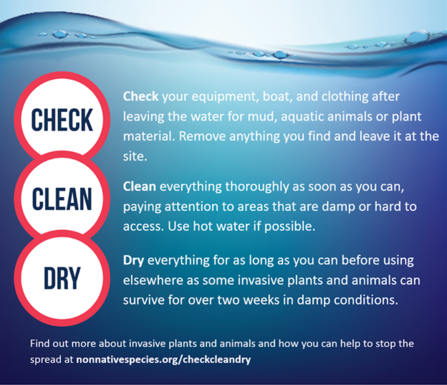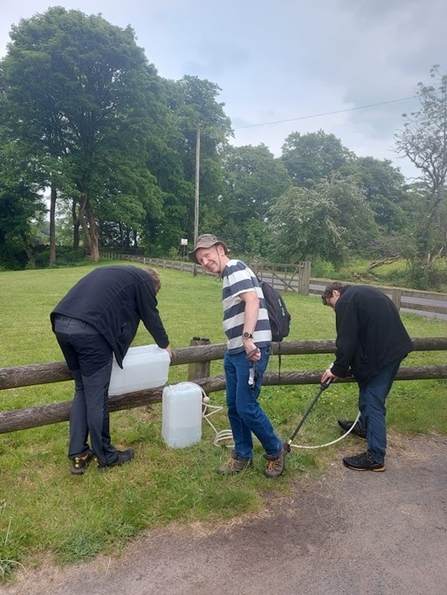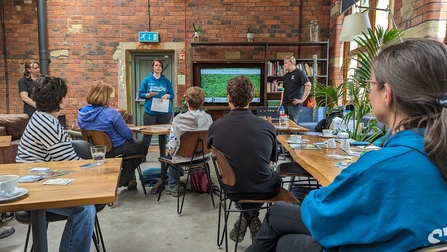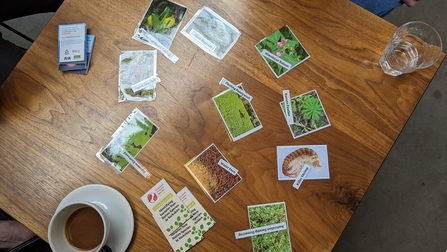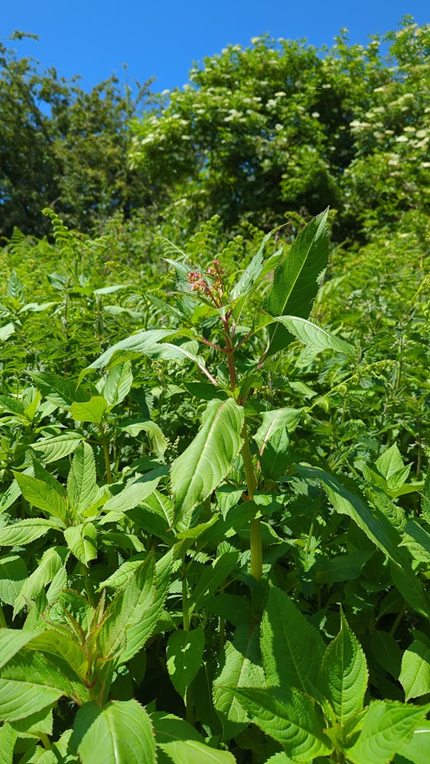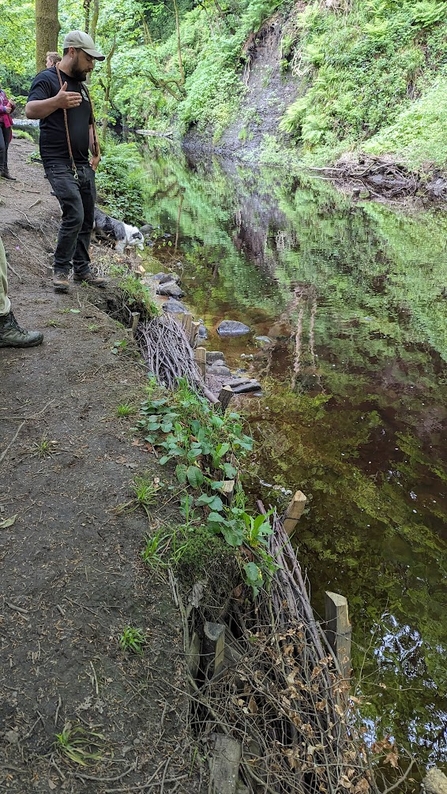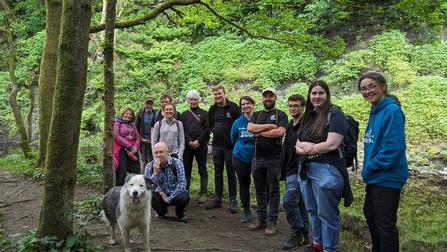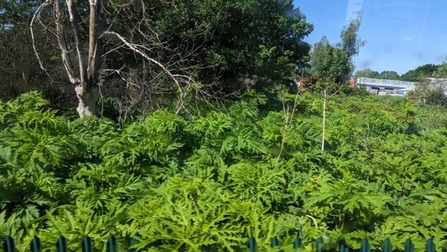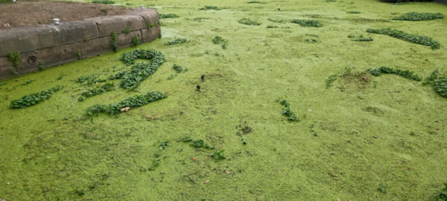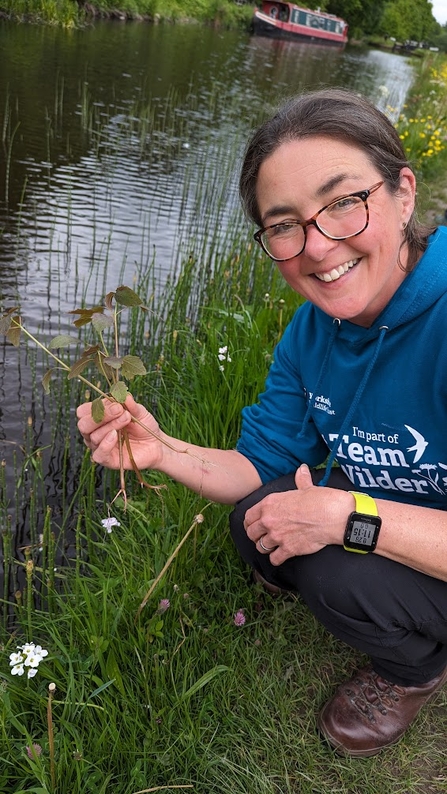Keep your boots clean
The week after I attended the YWT INNS Volunteer Discovery Day at Slaithwaite, I found myself in Scotland by the River Teviot using my newly trained eye to look for Invasive Non-Native Species. The usual suspects were absent. No Himalayan Balsam. No Japanese Knotweed. No Giant Hogweed. No Floating Pennywort. I couldn’t believe it, and I was actively looking. Once back home I totally changed the start of this half-written blog.
There are still places in the UK that are not overwhelmed with Invasive Non-Native Species (INNS) and it is up to us to keep them that way, so whatever you do, make sure you clean your boots after any countryside pursuit. After a day in the Colne valley and a day tackling Balsam at Barlow, I could have transported all sorts to the Teviot. Even if you can’t see anything, it doesn't mean there’s nothing there. Just as there are different birds and plants in Scotland, there may also be unfamiliar invasives. The key message is - CHECK CLEAN DRY.


